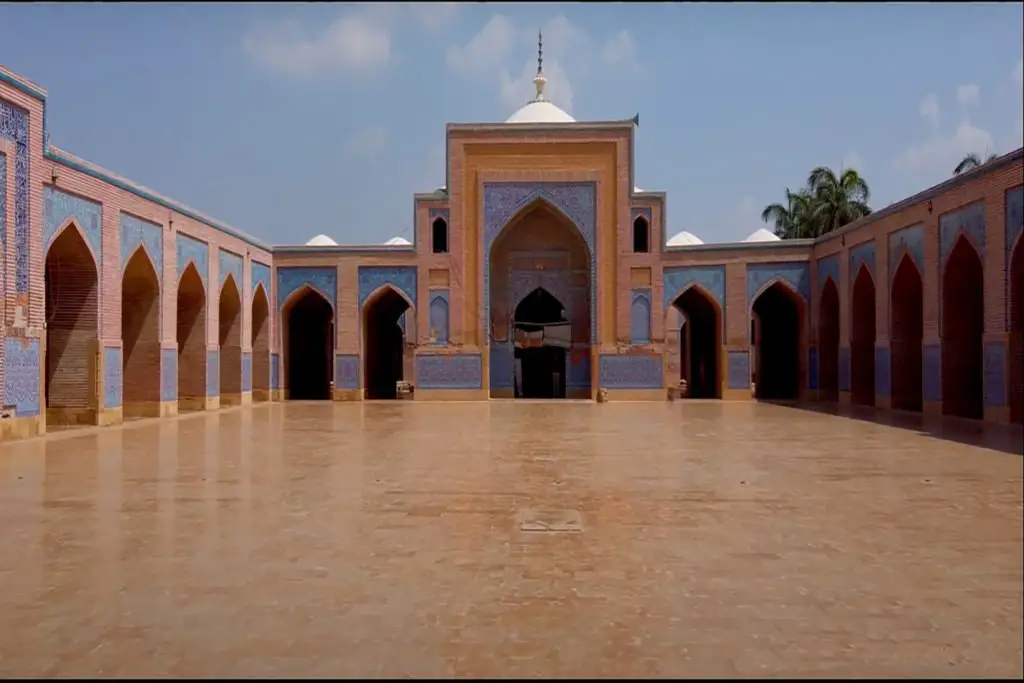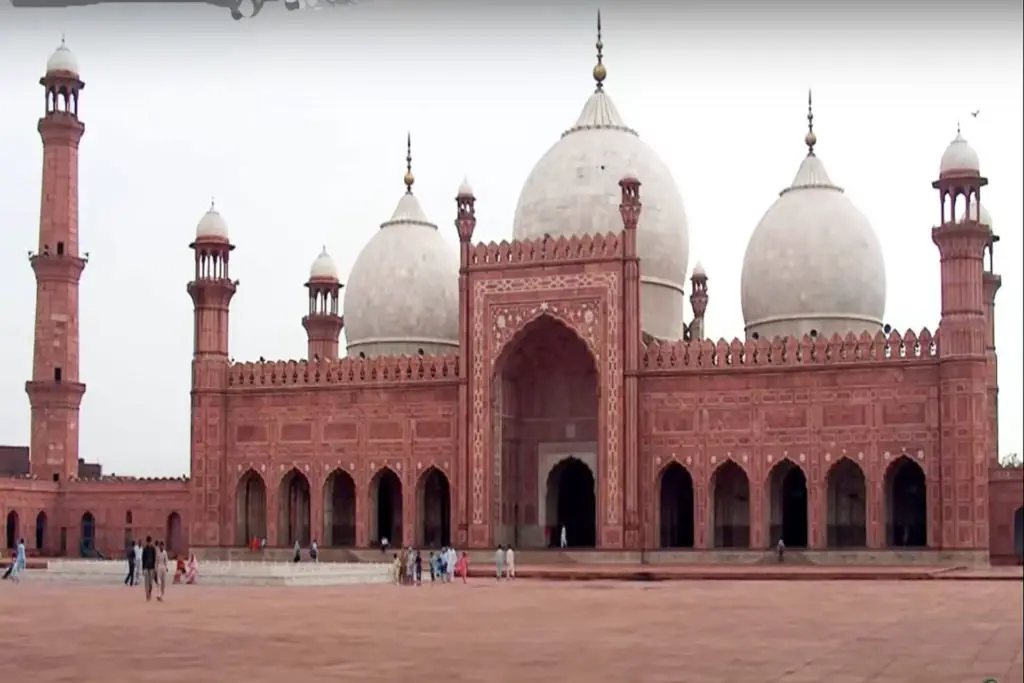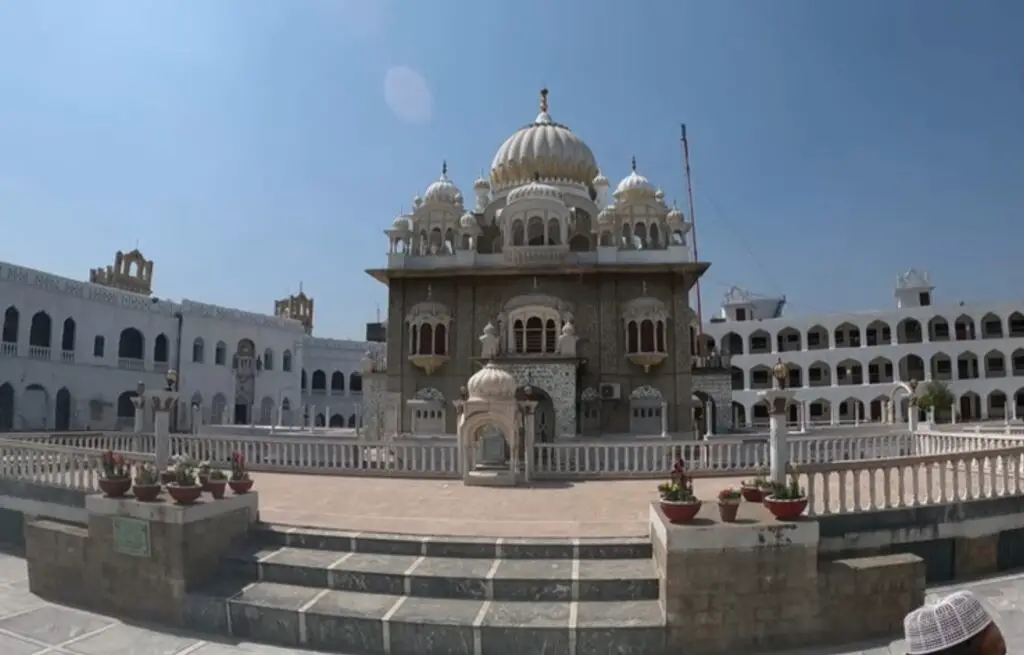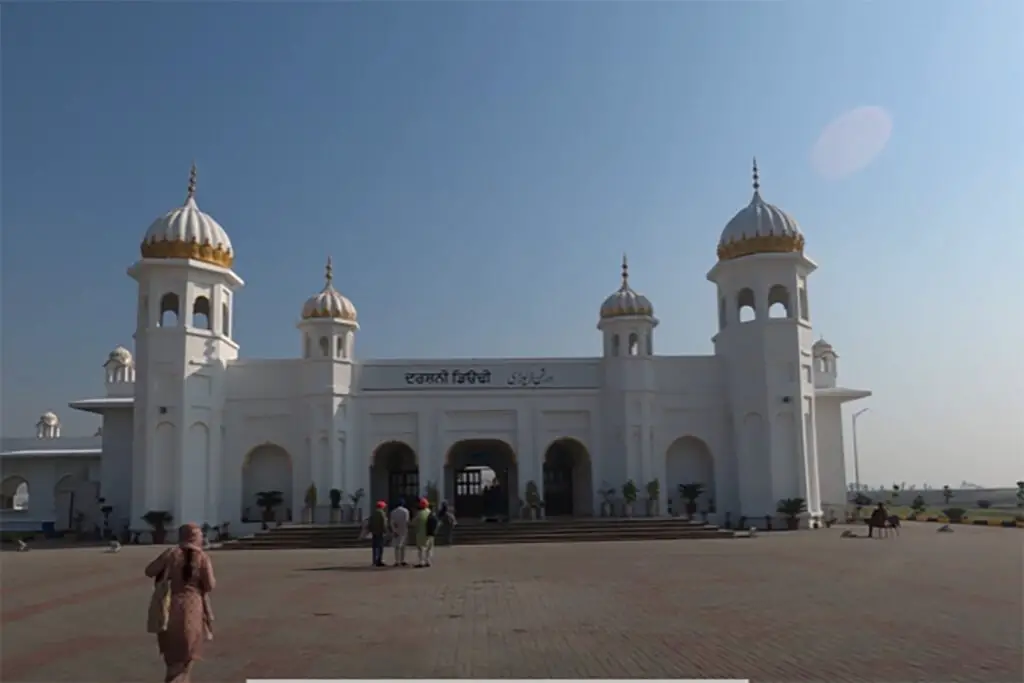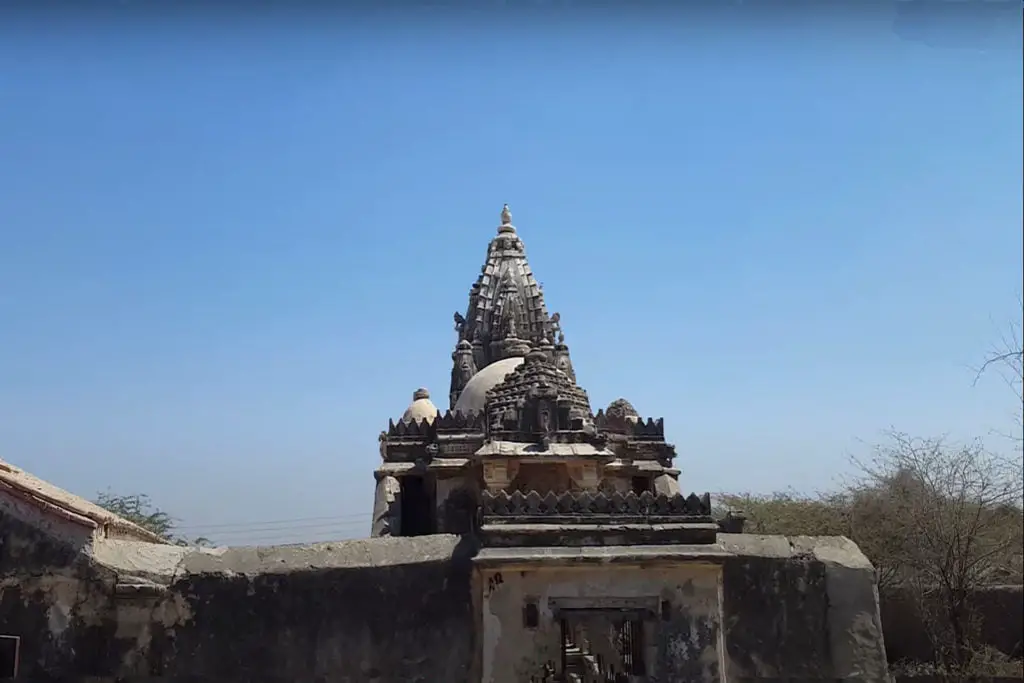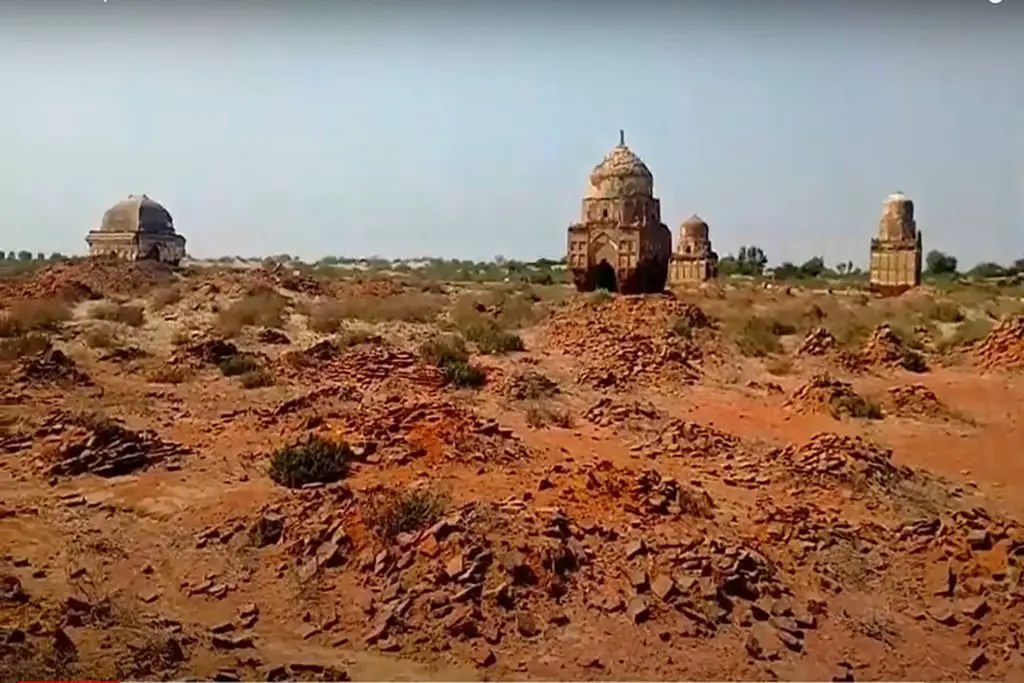Shah Jahan Mosque, also known as the Jamia Masjid of Thatta operates as a mosque in the center of Thatta city, in the Pakistani province of Sindh. The mosque is considered one of the finest exhibits of tilework in South Asia and is noted for its geometric brickwork – a rare decorative item in mosques of the Mughal period.
Jamia Masjid Shah Jahan Thatta was built during the reign of the Mughal emperor Shah Jahan, who gave the city as a token of gratitude and was greatly influenced by the architecture of Central Asia – an exhibition of Shah Jahan’s campaigns near Samarkand just before the mosque was designed.
Jamia Masjid Shah Jahan Location
The mosque is located east of Thatta – the capital of Sindh in the 16th and 17th centuries before the capital of Sindh was transferred to nearby Hyderabad. It is located near Makli Necropolis, a UNESCO World Heritage Site. The area is about 100 km from Karachi.
Shah Jahan Mosque History
Shah Jahan fled to Thatta from his father, Governor Jahangir, after he rebelled against his father. Shah Jahan was impressed by the hospitality shown to the people of Sindhi, and he ordered the construction of a mosque as a token of gratitude.
The construction of the Jamia Masjid Shah Jahan is also likely to be motivated by a desire to help alleviate the effects of the devastating hurricane that hit the region in 1637, and that almost destroyed Thatta.
Shah Jahan’s campaigns in Central Asia during this period influenced the style of the mosque buildings, as Timurid influences were introduced into the Mughal Empire as his forces suppressed near Samarkand, in modern Uzbekistan.
Despite the fact that the Emperor was not in the region at the time of its construction, so it was not possible for him to be directly involved in its construction, its extensive tilework and intricate brickwork show that it was funded by a Mughal state fund.
Shah Jahan Masjid Design
Persian inscriptions in the Shah Jahan Mosque indicate that it was composed between 1644 and 1647, during the reign of Mughal Emperor Shah Jahan. The eastern expansion was completed in 1659, during the reign of Emperor Aurangzeb.
The mihrab of the mosque had long been mistakenly associated with Mecca. An unidentified Sufi man, Makhdum Nooh, who is buried in the nearby town of Hala is said to have been approached by the organizers of the mosque to fix its order.
A popular tradition asserts that Makhdum Nooh then corrected the mistake overnight with the power of his prayer, thus affirming his status as a saint. Historical records show that the mihrab of the Shah Jahan Masjid was actually rebuilt a century after the construction of the mosque.
Jamia Masjid Shah Jahan Architecture
The architectural style of the Shah Jahan Mosque is strongly influenced by Turkish and Persian styles. The mosque is characterized by extensive brick construction and the use of blue tiles, both of which were influenced by the Timurid architecture of Central Asia – where former Sindh emperors, the Tarkhans, worshiped before the region. was taken by the Mughals in 1592.
The widespread use of tiles is considered to be a very detailed demonstration of the tile work in the Indian Subcontinent. Unlike the Wazir Khan Mosque in Lahore, another mosque of the Shah Jahan period, the mosque in Thatta does not use fresco facilities
Jamia Masjid Shah Jahan in Thatta is a splendid representation of Mughal architecture, showcasing a fusion of Islamic, Persian, and Indian design elements. The mosque’s magnificence becomes apparent when considering its vast dimensions, covering an area of approximately 102 meters by 66 meters, with an imposing height of around 30 meters.
The mosque’s dome is exquisitely adorned with a mosaic of beautiful blue and white tiles meticulously arranged in star patterns, symbolizing the celestial skies. Additionally, the walls feature intricate calligraphic tile work, bearing the signatures of artisans Abdul Ghafur and Abdul Sheikh.
This architectural masterpiece may have drawn inspiration from the Timurid-influenced Humayun Mosque in Kachhpura, located near the modern-day city of Agra, India. The main entrance to this Islamic edifice guides visitors through a Persian-style charbagh, a classic quadrangle garden.
The mosque boasts a layout characterized by four iwans. The primary prayer hall is situated to the west of the central courtyard, flanked by iwans on each of the four cardinal directions. The courtyard takes on a rectangular shape, measuring 169 feet by 97 feet, encompassed by a series of galleries embellished with 33 graceful arches.
Restoration & Conservation of Jamia Masjid Shah Jahan Thatta
Restoration projects were carried out by Emperor Aurangzeb in 1692, and Murad Ali Khan Talpur in 1812. The mosque was inscribed on the UNESCO World Heritage List in 1993 but has not yet been preserved with high standards such as the Wazir Khan Mosque or the Badshahi Mosque in northern Pakistan.
Jamia Masjid Shah Jahan Thatta is a magnificent mosque that stands as a testament to Pakistan’s rich cultural and architectural heritage. Its grandeur and historical significance make it a must-see attraction for anyone interested in the country’s history and architecture. Whether you are a tourist or a local resident, a visit to this iconic mosque is sure to be a memorable and enlightening experience.

